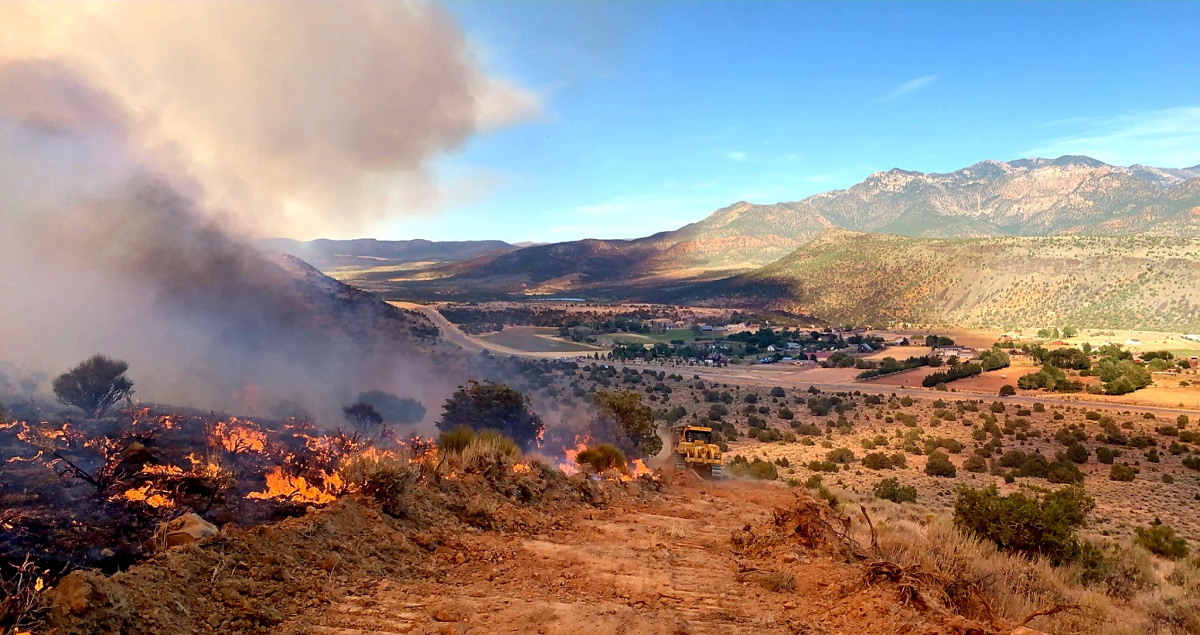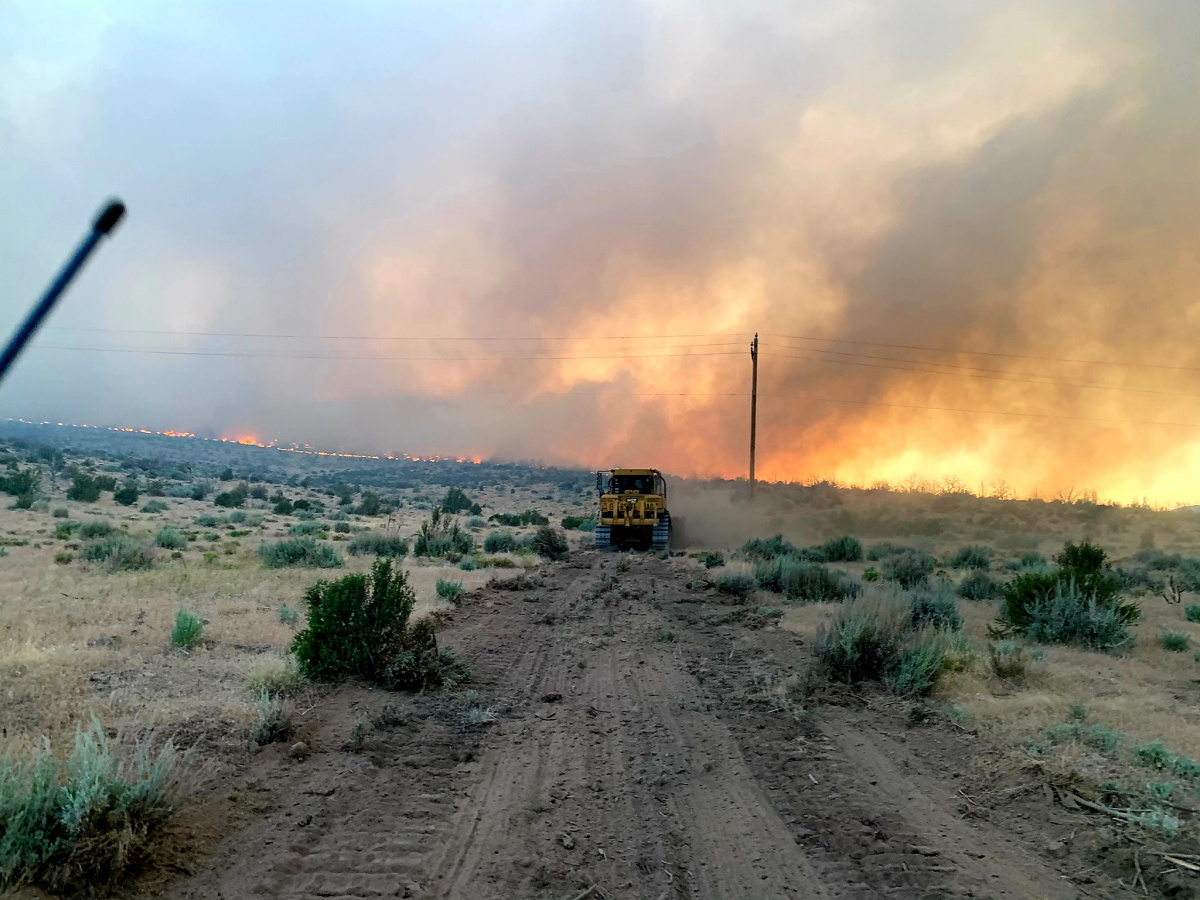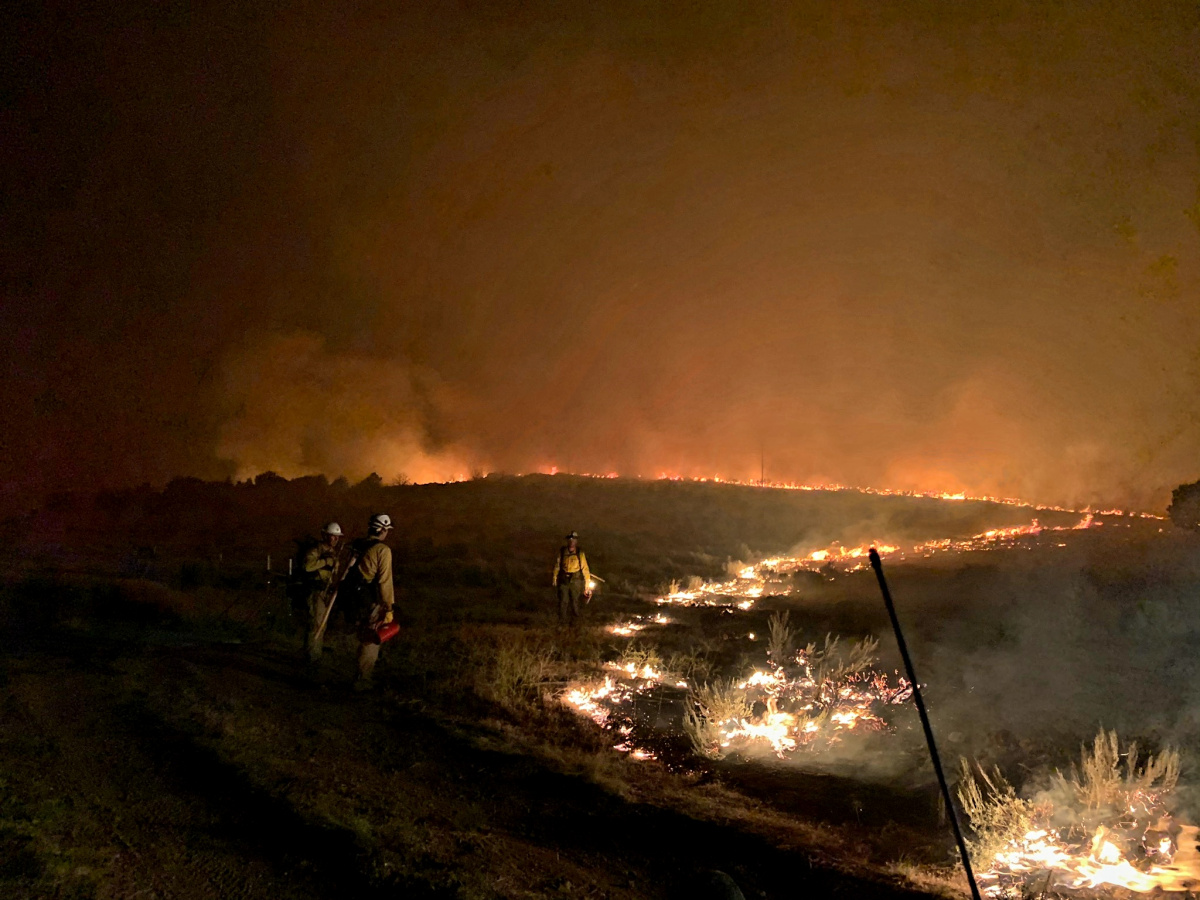Related Stories
- Progress on Public Lands: BLM 2025 Trump Administration Accomplishments | January 20 - December 31, 2025
- Rural wildland firefighting partners grateful for BLM gift
- Nine years of partnership pays off: Fitzhugh Creek Meadow restoration achieves dramatic results
- BLM Fire Team brings Smokey Bear to Kingman’s Street of Lights
- BLM hosts fire investigation training course to strengthen wildland fire investigation capacity across Arizona and the West
Office
176 East D.L. Sargent Drive
Cedar City, UT 84721
United States



